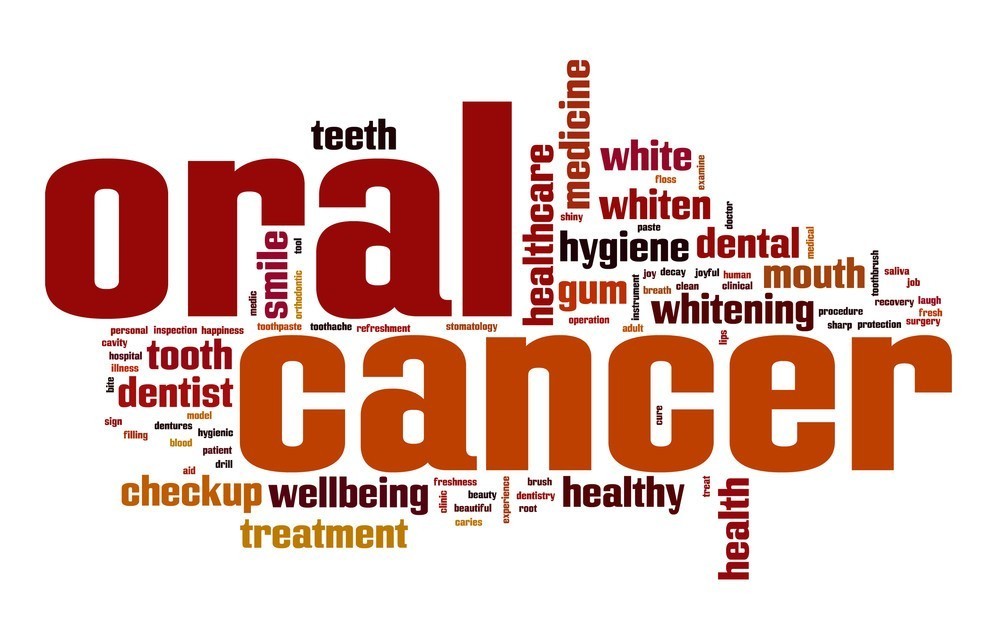The Latest Technology for the Early Detection of Oral Cancer
Nearly fifty thousand Americans will be diagnosed with oral cancer this year and it will kill approximately one person every hour. The rate of death for oral cancer is even higher than that of other cancers including cervical, testes, thyroid, and endocrine among others. Therefore, early diagnosis and treatment is essential.
The causes of oral cancer are usually lifestyle-related, influenced by factors such as tobacco use, alcohol, diet, pollution or viral infections such as HPV. In fact, current research indicates that HPV (Human papillomavirus) in the mouths of otherwise healthy, non-smokers in their 20’s to 50’s, is making this the fastest growing group at risk. HPV typically goes away by itself within a couple of years, and doesn’t cause health problems. It’s only when HPV remains in the body for many years that it becomes a threat for oral cancer.
Preventative steps include a healthy diet, good hygiene, and an awareness of warning signs and symptoms. Some signs and symptoms to be mindful of include the following:
- An ulcer or sore that doesn’t heal within a couple of weeks
- A difference in the way your teeth fit together when you close your mouth
- A red, white, or black discoloration on the soft tissues in the mouth
- The feeling that things are sticking in the throat when swallowing, or painful swallowing
- Painless, but swollen, or asymmetrical tonsils
- Painful chewing
- A persistent sore throat or hoarse voice
- A swelling or lump in the mouth
- A painless lump felt on the outside of the neck, which has been there for at least two weeks
- Numbness of the mouth or lips
- A nagging coughing
- A persistent earache on one side, which lasts for more than a few days
However, it is recommended that everyone is screened at least once a year by their dentist. Traditionally, an oral cancer examination is done in less than 5 minutes, and generally involves just inspecting and feeling the tissues.
Yet a simple visual examination may be limited by subjective interpretation. Therefore, because of this limitation, new technology is being used to increase the ability to differentiate between benign abnormality and malignancy, and also for early detection of changes that may not be visible to the naked eye.
The VELscope provides a fast, easy and non-invasive method for improved oral assessment. The simple process utilizes fluorescence to reveal tissue abnormalities. It has been recognized by the World Health Organization and is backed by numerous clinical studies and over 25 million VELscope exams. Visiting your dentist regularly can improve the odds that any suspicious changes in your oral health will be caught at an early stage.
For any concerns about your oral health, Dr. Heidi Finkelstein and her caring staff at My Plantation Dentist can help. When you visit My Plantation Dentist, your examination always includes an oral cancer




